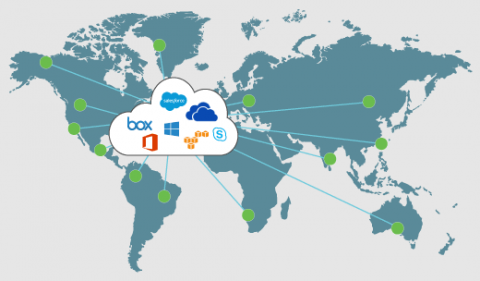Operations | Monitoring | ITSM | DevOps | Cloud
Office 365
Microsoft's 3 major incidents in 10 days, where did they go wrong?
Just in case you haven’t heard, last week Microsoft experienced a huge outage that prevented users from accessing its Office 365 cloud-based subscription service which serves 200 million active monthly users. This latest outage was the third in ten days, causing the company to receive a deluge of customer complaints about a 'something went wrong' message that popped up when they tried to access their accounts.
Exoprise DEM Solution Featured in Fast Mode
NiCE Active 365 Monitor for Azure | What´s new
Reduce MTTR with Crowd-Sourced Analytics
NiCE Active 365 Management Pack 3.20 released
Microsoft 365 outages happen. The NiCE Active 365 Management Pack for SCOM is an intelligent monitoring set for Microsoft Teams, SharePoint, OneDrive, and Office 365 hosted on-premise. The NiCE Active 365 Management Pack ensures end-to-end control for your Microsoft 365 services. IT executives, operators, and administrators can now actively boost Microsoft 365 User Experience by starting advanced monitoring today.
New Teams Connector for Operations Manager - BETA program available today
Get Sentry Alerts in Microsoft Teams
Microsoft wanted to give teams more ways to be well… a team. So they built Microsoft Teams, a communication platform for instant messaging, voice & video calls, and a way to watch NBA games (I never saw that last one coming). Let’s add “get Sentry notifications” to the list.
Be the First to Know When Microsoft 365 Service Issues Arise
On Monday September 28 a multi-hour global Microsoft 365 outage brought down Teams, Office 365 and Outlook leaving many people disconnected. While Microsoft outages are rare, there are a range of possible issues on your network and in your user’s environment that can cause service issues at any time. Knowing quickly when these are happening, and what’s causing them is key to keeping users productive on Microsoft 365.
Microsoft Teams and OpManager: The perfect team for your remote IT management game
It seems almost everything is going digital during this pandemic: businesses, education, and medical consultations. This increased digital consumption is squeezing the juice out of the IT infrastructure of many organizations. On top of that, remote work policies are posing serious security issues. At times like these, IT infrastructure monitoring is like a football game for IT admins, except: So how do you navigate all these challenges and score a touchdown?











